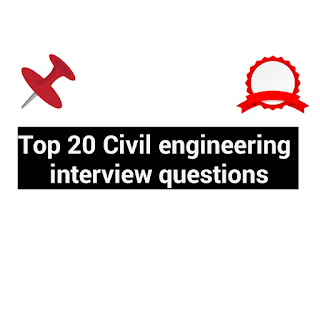Showing posts with label PDF Notes. Show all posts
Showing posts with label PDF Notes. Show all posts
Centre of gravity and moment of Inertia hand written notes
Support civil
September 07, 2018
PDF Notes
,
Strength of material
basic of irrigation engineering
Support civil
September 06, 2018
Irrigation
,
PDF Notes
Shear force and Bending moment
Support civil
September 06, 2018
PDF Notes
,
Strength of material
open channel flow hand written notes
Support civil
September 05, 2018
fluid mechanics
,
PDF Notes
Truss handwritten notes
Support civil
September 04, 2018
PDF Notes
,
structure analysis
levelling
Support civil
compass surveying pdf
Support civil
tacheometric surveying
Support civil
Introduction of Fluid mechanics
Support civil
September 03, 2018
fluid mechanics
,
PDF Notes
Types of foundation
Support civil
July 27, 2018
Building material
,
PDF Notes
ROOF
Support civil
July 26, 2018
Building material
,
PDF Notes
Stairs
Support civil
July 26, 2018
Building material
,
PDF Notes
Subscribe to:
Posts
(
Atom
)
-
here we provide made easy test paper 1 of BPSC AE exam .if you need all paper then comment with your email id . click here to downlo...
-
PHYSICS here our team provide physics capsule as per syllabus of rrb je . Scalar Quantities Physical quantities which have magnit...
-
1 . Larsen and Toubro Establish : 1938 in Bombay by two Danish Engineer. Founder : Henning Holck and Soren Kristian Toubro CEO A...
Civil Engineering Interview Questions
Civil Engineering Interview Questions Q1 . What is civil engineering ? Q2 What is work of a civil engineer ? Q3 Define various...













